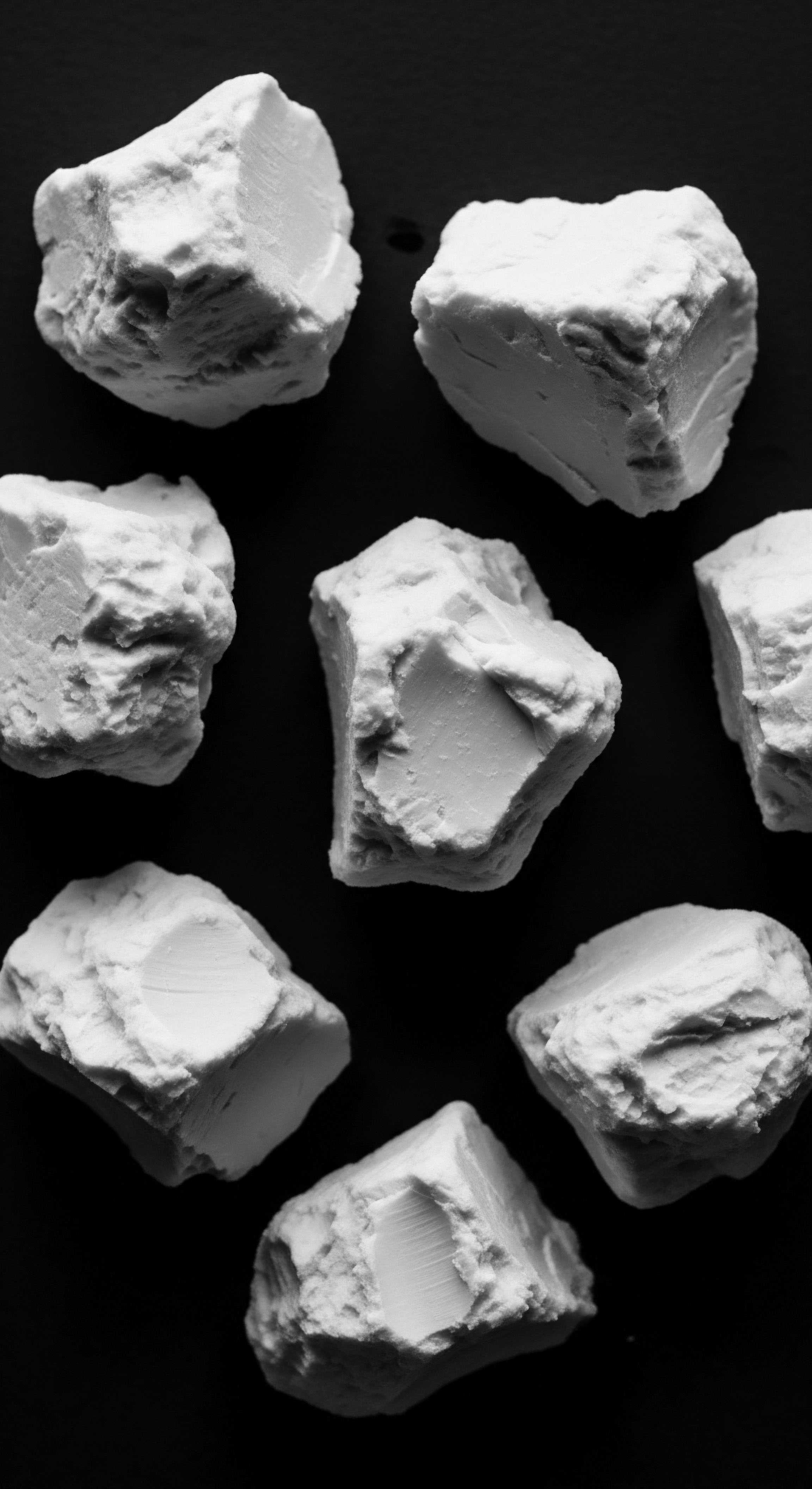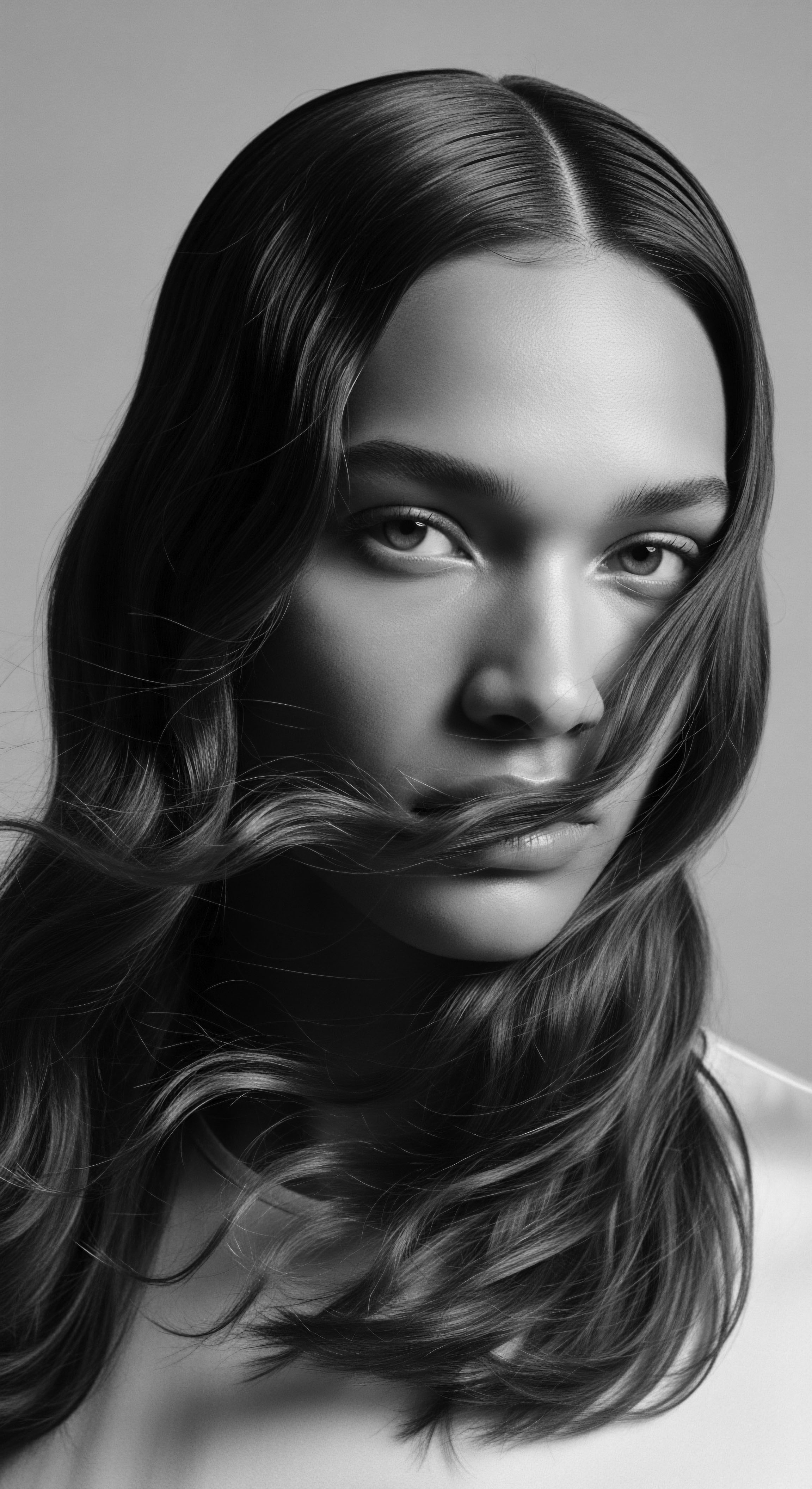
Why do people with textured hair cover it at night?
Covering textured hair at night, a practice steeped in heritage, protects delicate strands from friction and moisture loss, preserving style and health.
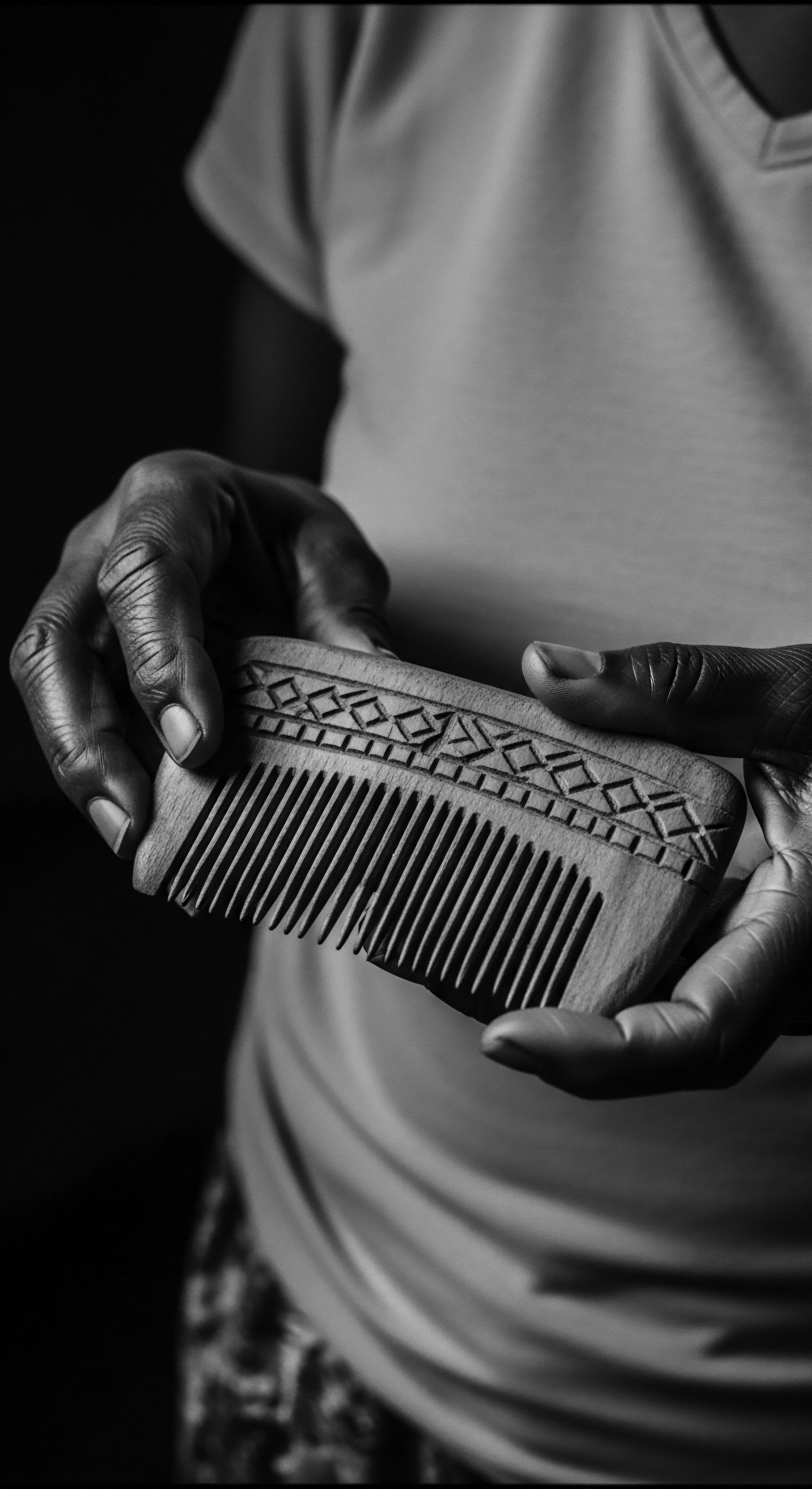
What protective functions do modern head coverings offer textured hair?
Modern head coverings protect textured hair by reducing friction, retaining moisture, and shielding strands from environmental damage, echoing ancestral practices.
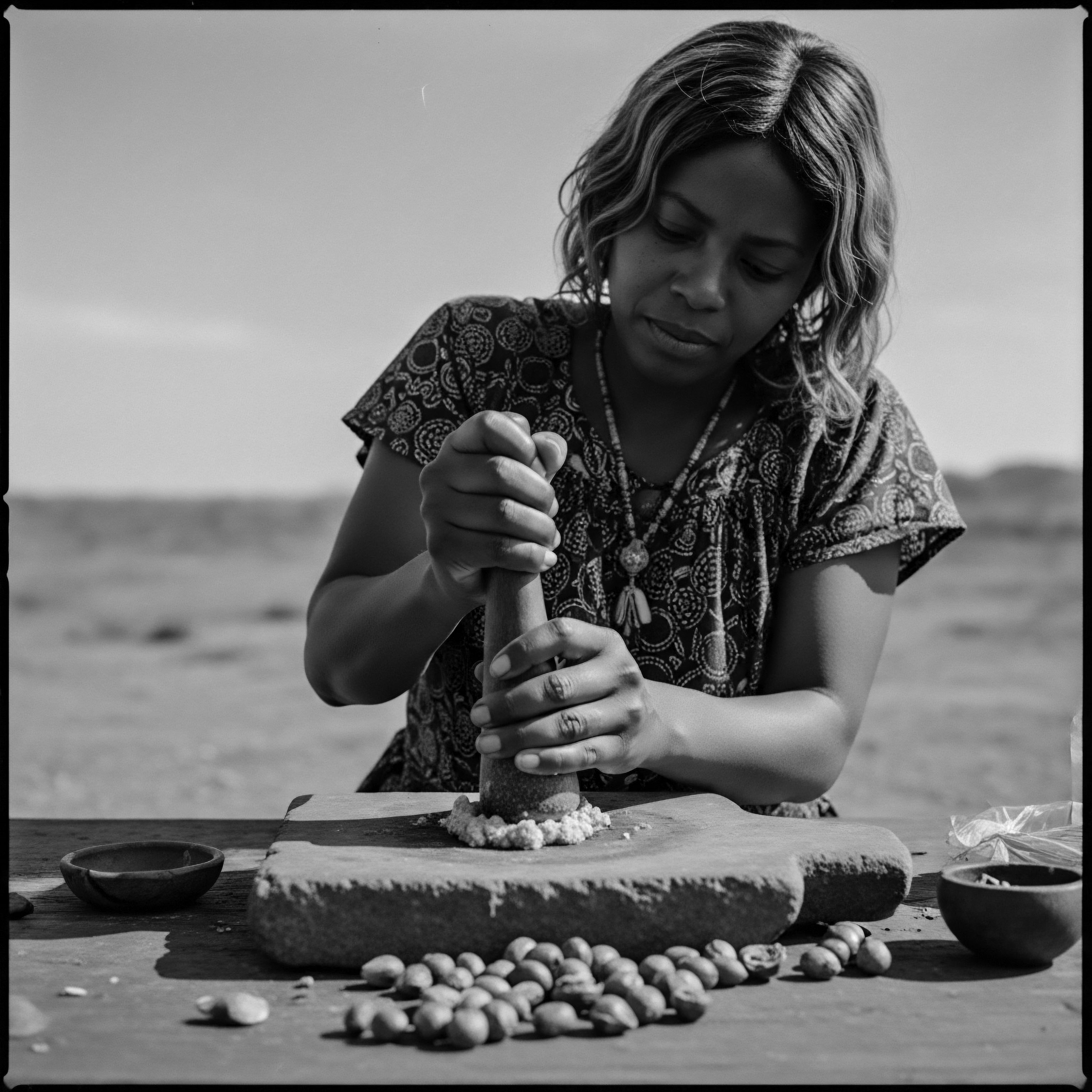
Why do modern silk scarves protect textured hair?
Modern silk scarves safeguard textured hair by reducing friction and preserving moisture, continuing an ancestral legacy of protective hair care.
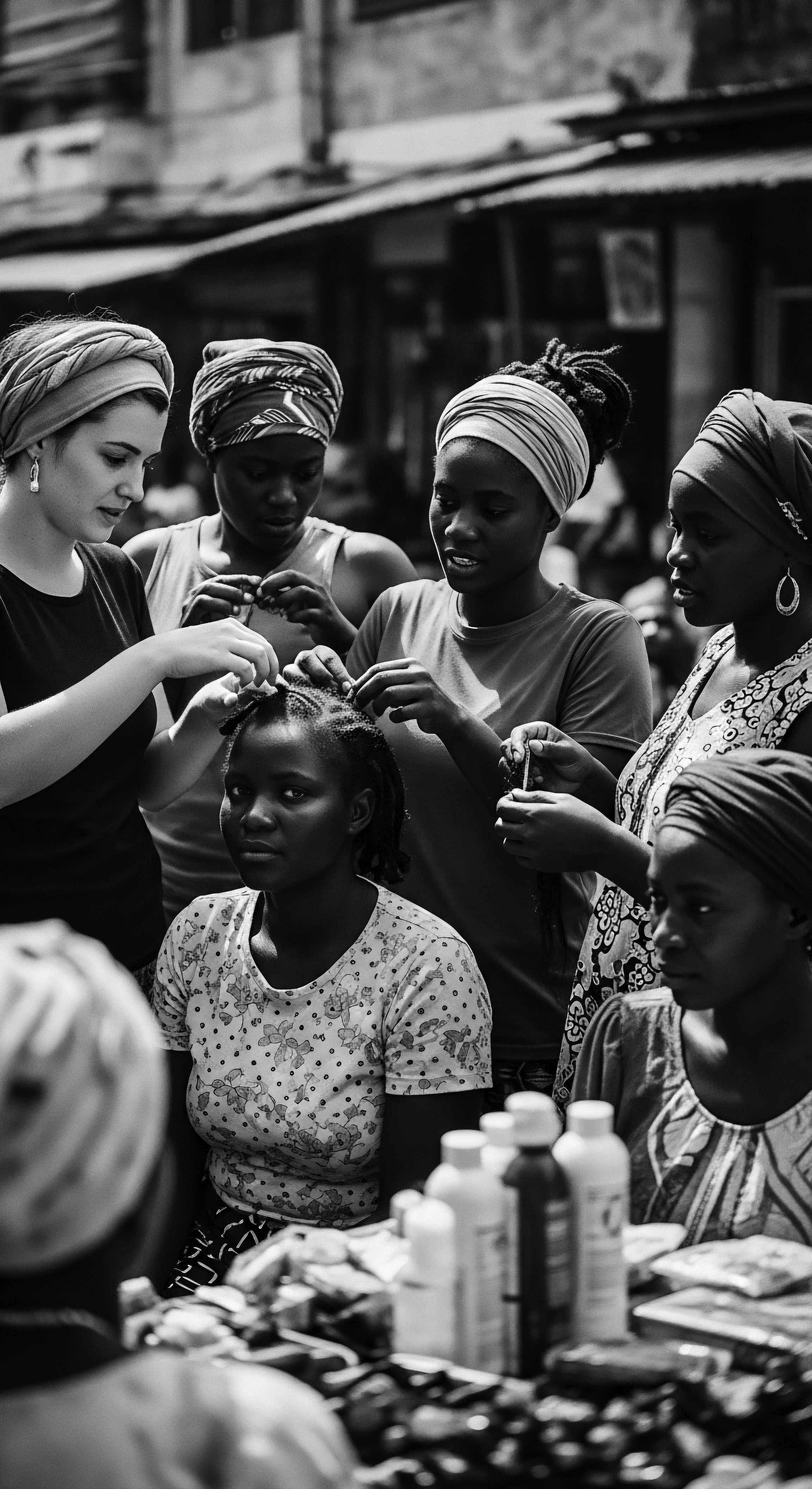
Do head coverings preserve moisture for textured hair?
Head coverings, a practice deeply rooted in textured hair heritage, preserve moisture by reducing friction and creating a protective microclimate.
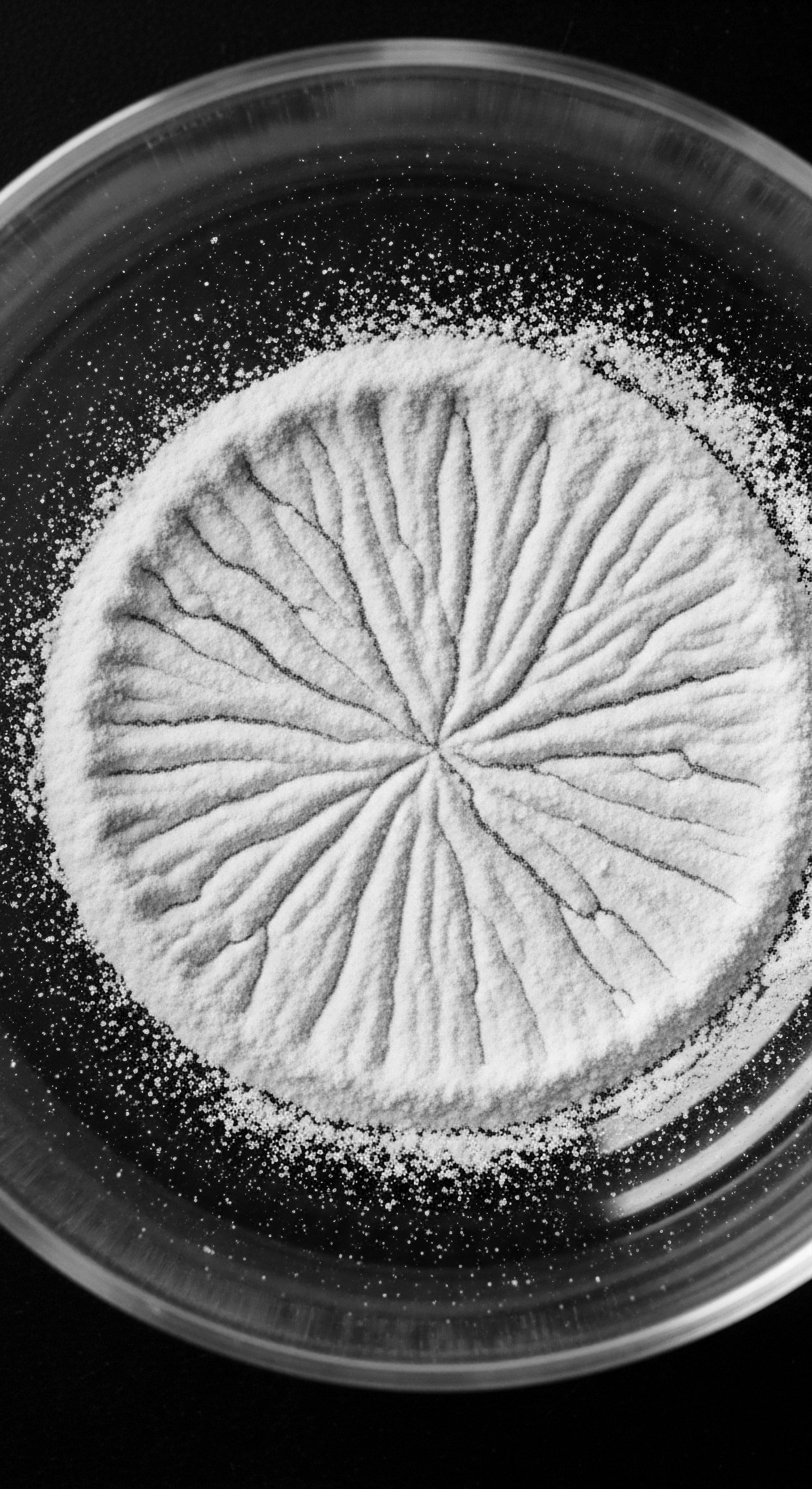
What is the historical significance of nighttime hair coverings?
Nighttime hair coverings represent centuries of textured hair protection and cultural identity.
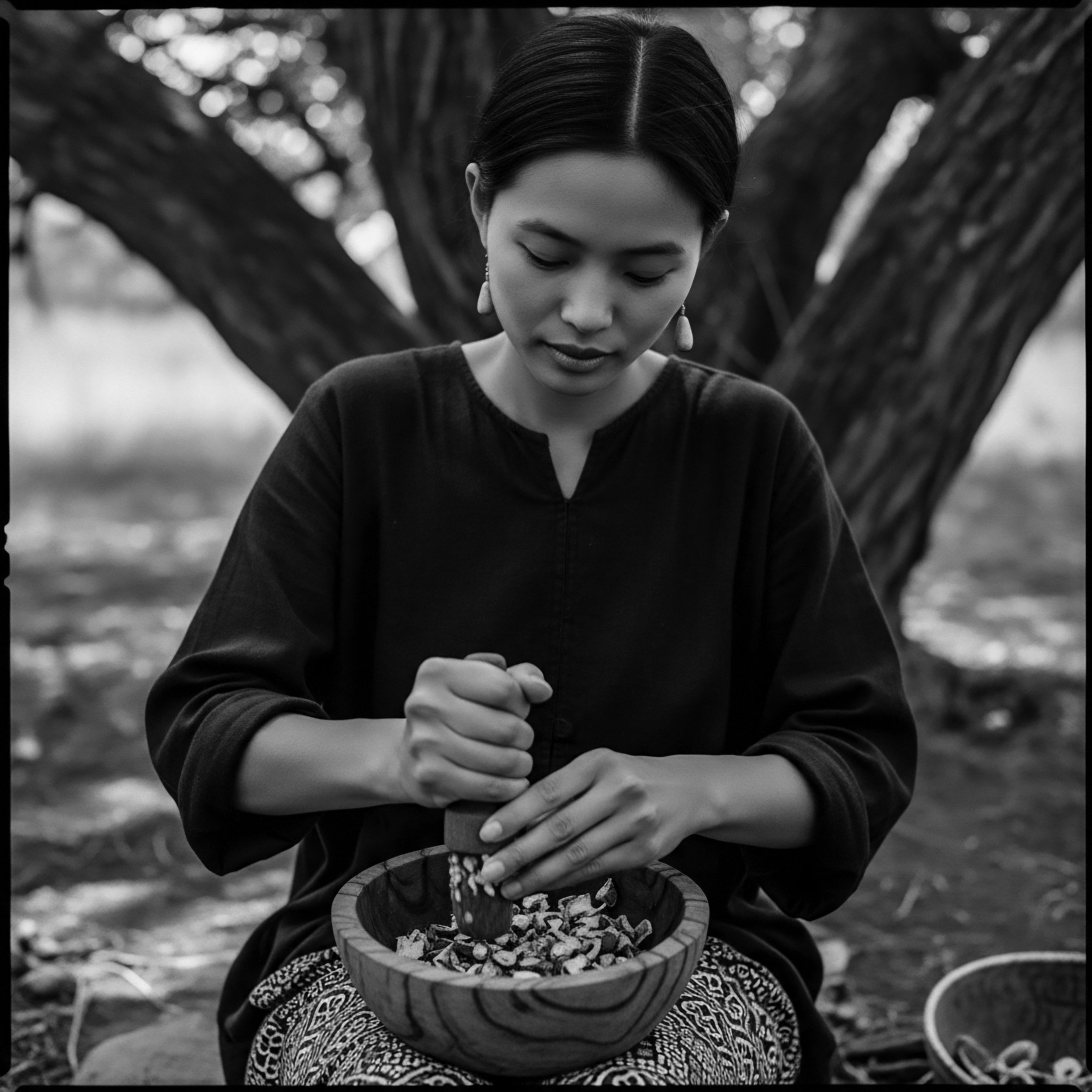
What historical materials were used to protect textured hair at night?
Ancestral communities utilized natural fibers and oils to safeguard textured hair at night, a testament to enduring heritage.
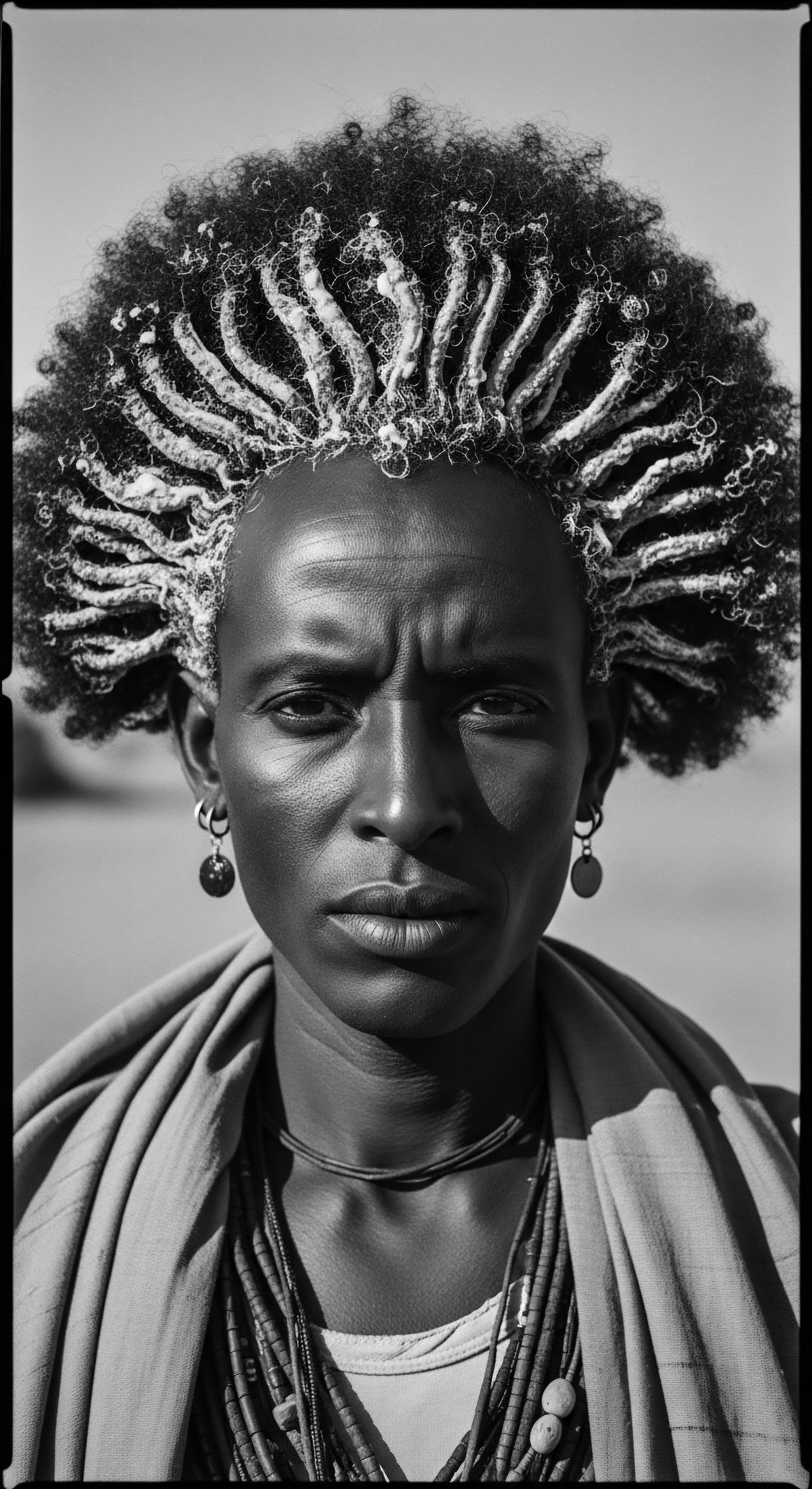
What historical significance do head coverings hold for textured hair moisture?
Head coverings historically served as a crucial shield for textured hair, preserving moisture and embodying a rich heritage of cultural identity and resilience.

